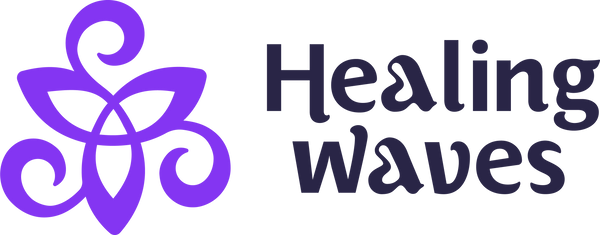Another style of a primordial religious practice from India, ashtanga yoga was taught by a certain Pattabhi Jois who was a former student of Tirumalai Krishnamacharya, a teacher known to lived more than a hundred years old. The sequences of this yoga classification are primarily based on the book entitled Makaranda. This ancient spiritual approach is an energetic exercise originally intended for the teenage boys. However, things have changed and is now been performed by individuals of all ages.
The term ashtanga yoga actually means eight limbs namely yama, niyama, asana, pranayama, pratyahara, dharana, dhyana and samadhi.
"Inhale the future, exhale the past."
Yama has five parts such as aparigraha (non- covetousness), brahmacharya (celibacy), asteya (not robbing), Satya (honesty) and ahimsa (non- violence).
Asana is a posture that focuses on breaking free from the tensions.
Pratyahara provides internal strength by getting rid of different manner of interruptions that will lead to the development of will- power.
Dharana begins with concentration which is integrated with meditation finishing off in samadhi.
Samadhi has four impediments namely abhinivesha (fondness of the world), Asmita (egoism), Avidya (ignorance) and raga- dvesha (all likes and dislikes).
Dhyana proposes that material attachment, gluttony, slothfulness and subtle yearnings are considered as obstacles.
Pranayama is an examination of the outgoing inclinations of the human brain.
Niyama has five canons such as Ishvarapranidhana (self- surrender), Svadhyaya (devotion), tapas (austerity), Santosha (contentment) and Saucha (purity).
"It's not about being good at something. It's about being good to yourself."
Literally defined as the wise combination of things, vinyasa sets apart ashtanga yoga from the rest of the primordial religious practices. This method is done whereby the student budges in and out of the routine through Suryanamaaskara, a group of movements that are well- defined. The very purpose of this is to generate high temperature in the body for purification to occur which can be realized through sweating and circulation. Aside from that, flexibility is also improved that reduces the threat of injuries.
Origins of ashtanga yoga is said to have come from the antique account of Korunta authored by Vamana Rishi. Tirumalai Krishnamacharya was able to obtain a copy which was given to him by his guru Rama Mohan Brahmachari at the mountain of Kailash. Later on, Pattabhi Jois was able to have one in his hands. Until this time, this yoga classification has remained to be very faithful with the principles introduced by Krishnamacharya. Aside from Jois, he was also able to educate other great instructors in the 20th century such as Indra Devi and B.K.S. Iyengar.
Join our Community now, Facebook Community or Instagram Community
P.S- You Can Combine Yoga Equipment, Meditation Music or Meditation Tools to boost and to gain more from your Yoga and meditation practice.


